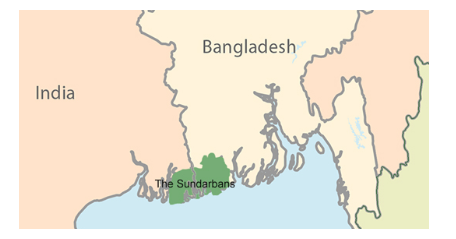Mangroves: - These are a unique type of coastal ecosystem found in tropical and subtropical regions. They are dense forests of salt-tolerant trees and shrubs that thrive in intertidal zones, where land meets the sea.
- These ecosystems are characterized by their ability to withstand harsh conditions, such as saline water, tidal fluctuations, and muddy, oxygen-poor soils.
- They exhibit Viviparity mode of reproduction, where seeds germinate within the tree before falling to the ground. This is an adaptive mechanism to overcome the challenge of germination in saline water.
- Some mangrove species secrete excess salt through their leaves, while others block the absorption of salt at their roots.
- Mangrove plants have special roots like prop roots and pneumatophores, which help impede water flow and provide support in the challenging tidal environment.
- They provide a unique habitat for a wide variety of plant and animal species, serving as breeding, nursery, and feeding grounds for numerous marine and terrestrial organisms, including Royal Bengal tiger, Irrawaddy Dolphin, Rhesus macaque, Leopard cats, Small Indian civet etc.
- They act as natural buffers against coastal erosion, storm surges, and tsunamis.
- They are highly efficient carbon sinks, sequestering large amounts of carbon dioxide from the atmosphere and storing it in their biomass and sediments.
- They support fisheries by providing nursery areas for fish and shellfish, enhancing fishery productivity and contributing to livelihood and local food security.
- They act as natural filters, trapping and removing pollutants and excess nutrients from coastal waters before they reach the open ocean.
- Their role in purifying water contributes to the health of marine ecosystems and helps maintain the balance of fragile coastal ecosystems.
- They offer recreational opportunities such as eco-tourism, birdwatching, kayaking etc. which can promote sustainable economic growth for local communities.
|


If some one needs tto be updated with most up-to-date technologies then he must be pay a visit this site and be up to date daily. https://Www.Waste-Ndc.pro/community/profile/tressa79906983/
Howdy! This post couldn't be written anyy better! Reading through this article reminds me of my previous roommate! He constantly kept talking about this. I most certainly will forward this post to him. Faiirly certain he's going to hawve a very good read. Many thanks for sharing! https://Www.Waste-ndc.pro/community/profile/tressa79906983/